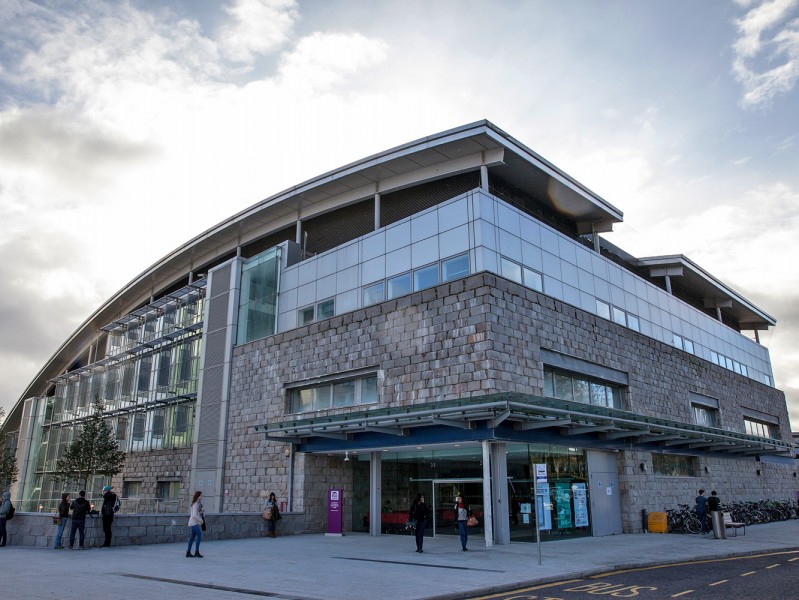Reflection on the Health and Care (Staffing) (Scotland) Bill
Thursday 04 October 2018

The higher education sector in Scotland is responsible for delivering newly qualified nursing and midwifery practitioners into the workforce. Currently around 10,000 students on courses across 12 universities are working towards qualifications, leading to registration with the Nursing and Midwifery Council.
Health and care services across Scotland are experience varying degrees of registered nursing and midwifery staff shortages; this legislation, and its timing, is critical in ensuring there is an adequate number of highly skilled practitioners in the workforce.
The Scottish Government projections for nursing and midwifery staffing for 2018/19 (Scottish Government 2018) shows only a marginal increase in overall staffing despite there being, in some NHS Boards, significant levels of unfilled posts – over 3,300 across Scotland.
In recent years we have seen welcome increases in the number of student nurses. This follows a low point in the 2012 intake, the result of a 20 percent reduction over the preceding years. This relative boom and bust is far from ideal and an approach that must be avoided going forward and therefore needs serious consideration by stakeholders.
The areas where staffing shortages are at their highest is where the need to increase student numbers is greatest; the ultimate ‘Catch 22’. This makes it increasingly more challenging to maintain the absolute highest standards of clinical care and at the same time support the delivery of high quality student placements that meet learners’ supervision and assessment needs.
The current staffing level and professional judgement tools referred to in the legislation, are purported to take into account the learning and teaching needs of students and the registered practitioners’ contribution to their supervision and mentorship. Some within the HE sector have concerns that the tools used may not adequately reflect the needs of learners. In implementing this legislation, full recognition of the learning needs of students on practice should be recognised. There must, at all times, be an adequate number of registered nurses and midwives to provide safe and effective care and this must include the capacity to develop the future workforce. Under the NMC Code registered nurses are expected to share their skills, knowledge and experience and to support students to develop their professional competence and confidence. The recognition of the needs of learners in our health and care services is largely absent from the proposed legislation.
The legislation as proposed, falls short of fully recognising the nursing and midwifery ‘supply’ challenges. Over the last three years, there has been a 6% reduction in university applications for nursing and midwifery in the UK (UCAS 2018). Scotland has seen a slight rise in applications (1%) albeit recruitment targets have risen by more than 10%. Despite the welcome commitment to continue the nursing student bursary in Scotland, some universities experience challenges in recruiting adequate numbers of high quality candidates against the backdrop of increasing targets set by government. So the Government’s commitment to a campaign to position nursing and midwifery as an attractive, dynamic and rewarding career is welcome.
The Bill as it stands focuses entirely on the methods of establishing and ensuring safe and effective staffing in health and social care settings based on clinical need, as it should, but the general lack of reference to the importance of ensuring the adequate supply of newly qualified practitioners is a major omission. Supply issues are impacting significantly on current NHS and independent sector staffing and will continue to be a challenge. Getting this legislation right it an opportunity to secure the workforce to deliver safe, high quality care for generations to come.
